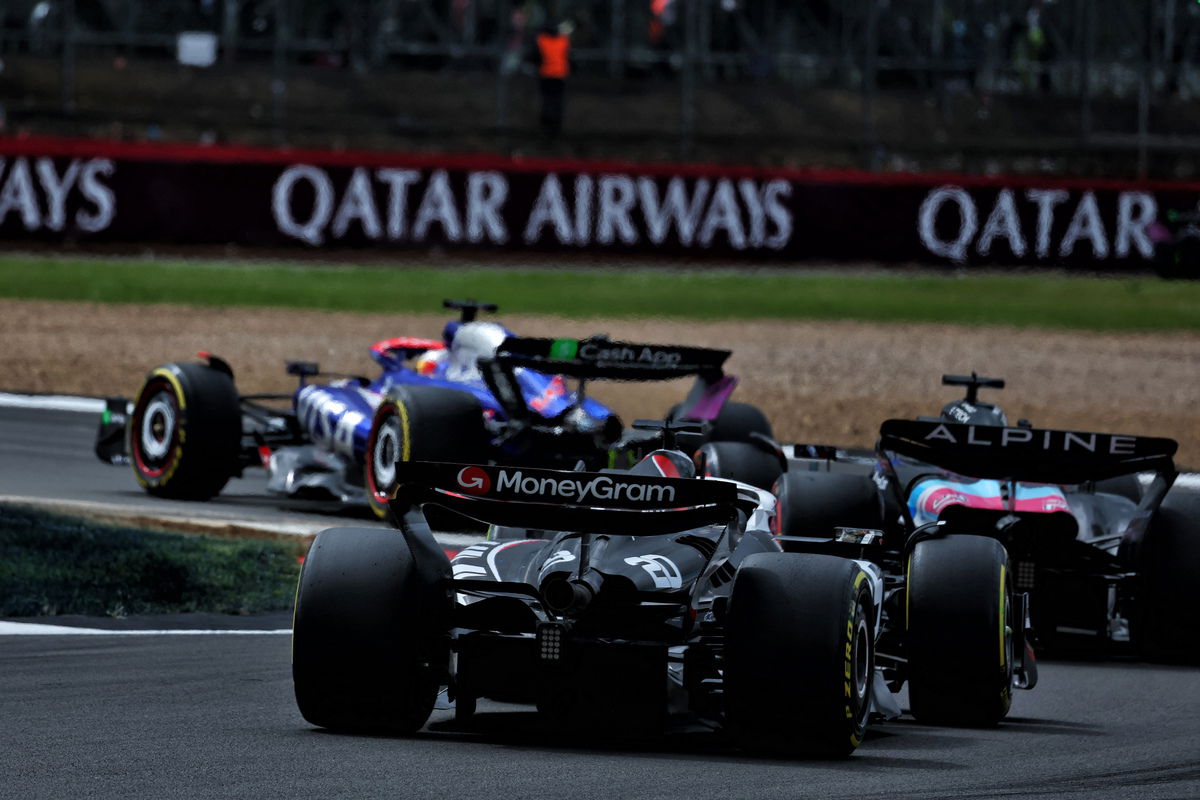

New regulations set to be introduced will see a step change both in terms of car and power unit design, with an increased use of electrical energy.
Around half of the 1000hp cars will generate in 2026 is set come from the hybrid system, while the sport will also move to a fully sustainable fuel supply.
That will be coupled to cars with moveable aerodynamics and the introduction of a push-to-pass style system in place of DRS.
The increased use of electrical energy has raised concerns about the sound the cars will produce.
Fans have long called for a return to the shrill of the high-revving units that graced the sport prior to the muted engine note of the hybrid units.
F1 boss Stefano Domenicali has gone so far as to suggest that, given the move to sustainable fuels, the championship could potentially move away from hybrid technology in a move that, presumably, would spark a return to louder engines.
The next generation of power unit regulations were designed in collaboration with a number of existing and potential suppliers.
That has seen Audi announce its intention to enter the sport and Honda reverse its decision to walk away, and General Motors is poised to enter F1 as a power unit manufacturer for 2028.
Indeed, in recent days speculation has claimed Toyota is looking to return with Haas, initially in a branding arrangement before potentially developing an engine.
The effective addition of four automotive manufacturers suggest the current regulations, including hybrid solution, has struck a chord with the automotive sector.
Domenicali walked back from his comments surrounding the use of hybrid technology when speaking with 3AW, noting that the sound is already likely to change for 2026.
“The intention is to make sure in the new regulation the engine [sound] itself will be higher because that’s part of our emotion,” he told 3AW.
“It is really what our fans want to hear and that’s the duty for us to commit to that.”
“We need to have a different sound,” he added of the potential of the sport following the Formula E route in terms of electrification.
“It’s music for my ears. It’s true that we had the 12 cylinders, it was a different frequency, very loud. And then 10, eight, six – it’s not again down.
“It’s just the situation is different. Of course we need to be a hybrid, we’re going to hybrid for the future.”
Those comments are supported by Ford’s motorsport boss, who confirmed to Speedcafe that discussions were already ongoing.
“It’s still TBD how they will actually sound in 2026,” Rushbrook said.
“Because there are changes to the power unit already, obviously for 2026 and changes to the car and the cars are going to sound different for 2026 in many ways.
“But that is certainly an open discussion, even though we’re not yet racing in 2026. Those meetings and discussions are already happening. What do we want to change for the future beyond that?”
According to Rushbrook, there is a balance that needs to be struck.
While hardcore fans are looking for the ear-piercing noise that was once associated with F1, newer fans have different priorities.
“Well, there’s definitely a difference,” he admitted.
“When you go to a race, especially with a family, you want to be able to communicate with each other.
“So there’s a balance, I think, or maybe a right level. So, yeah, we’ll see how those discussions shake out.”
Ford is set to mark its return to F1 in 2026 in partnership with Red Bull Powertrains, the American automaker already deep in the throes of development for the new regulations.






















Discussion about this post